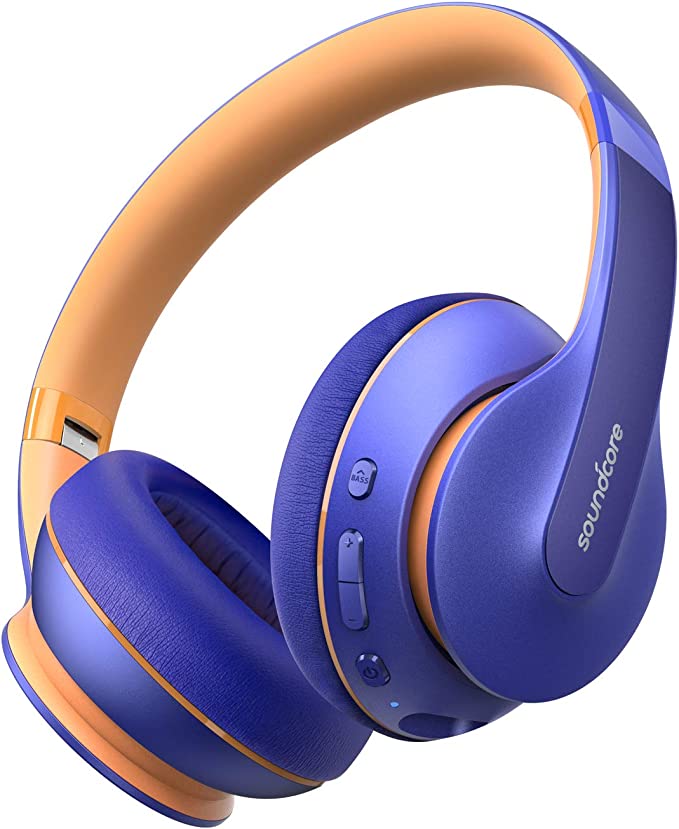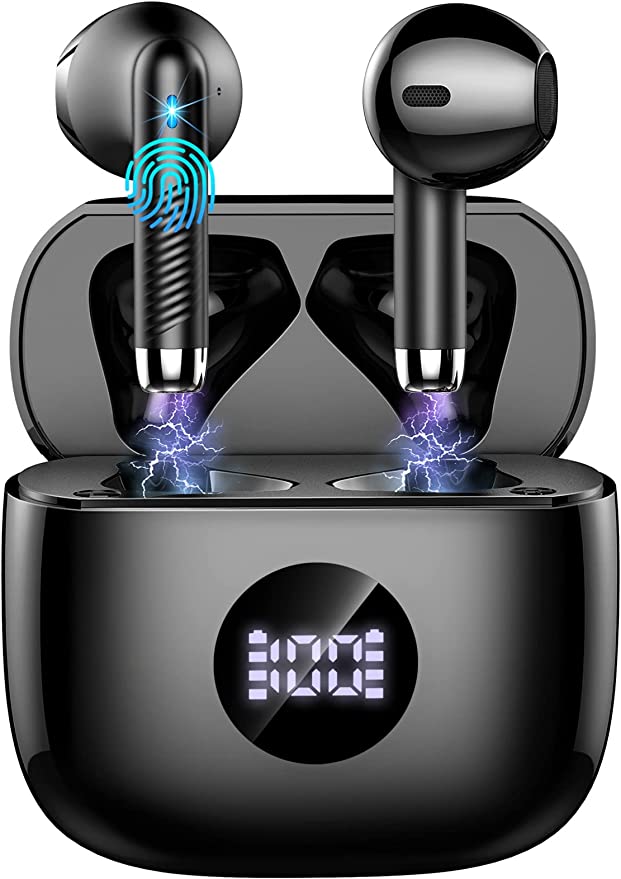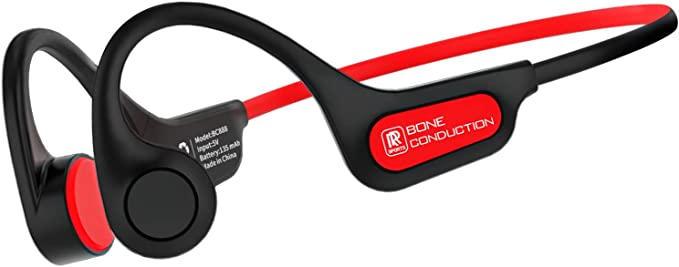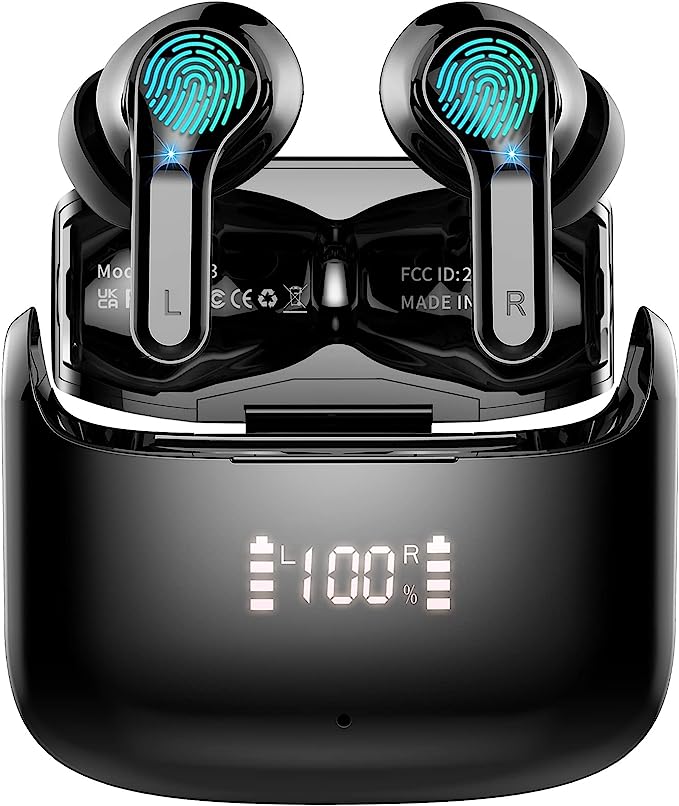We’ve all been there. You press play on a favorite track, hoping to lose yourself in the music, only to be met with sound that’s… fine. Just fine. Flat, maybe a bit muddy, lacking the spark that makes music truly transportive. Or perhaps you’re deep into a podcast, and the tinny audio makes it a chore to listen. In our increasingly digital lives, the quest for truly immersive, high-quality sound often feels like a fundamental need. We want rich fidelity, the freedom of wireless connection, batteries that defy the clock, and comfort that lets us listen for hours on end. And ideally, we want all this without needing to take out a second mortgage.
It’s a tall order. Balancing these demands often involves compromises. But technology marches on, and features once reserved for audiophile elites are steadily finding their way into more accessible devices. The Anker Soundcore Life Q10 wireless headphones present an interesting case study in this trend. They arrive making claims of “Hi-Res Audio,” enhanced bass, and staggering battery life. But what does that really mean beyond the marketing buzzwords? Let’s put on our explorer hats, look past the surface, and delve into the science and engineering principles tucked away inside these headphones, using the manufacturer’s descriptions and widely accepted scientific concepts as our guide.

Chasing Sonic Detail: The World of High-Resolution Audio
The digital audio revolution has been a double-edged sword. While MP3s and streaming gave us unprecedented access to music, convenience often came at the cost of quality due to data compression. Think of early digital music like a standard-definition TV broadcast – perfectly watchable, but you knew details were missing. In recent years, there’s been a growing movement back towards higher fidelity, giving rise to “High-Resolution Audio.”
You’ll find a small, often golden “Hi-Res Audio” logo on the Soundcore Life Q10. According to the industry standards bodies that define it, this certification signifies that the audio device is capable of reproducing sound frequencies well beyond those found on a standard CD. CDs typically handle frequencies up to about 22.05 kHz. Our human ears, especially when young, can perceive sounds roughly between 20 Hz (deep bass) and 20,000 Hz (or 20 kHz, high treble). So, why push beyond that?
The specifications for the Life Q10 state a frequency response range of 16 Hz up to 40 kHz. This extended upper range (40 kHz being twice the typical human hearing limit) is central to the Hi-Res promise. While we may not consciously “hear” those ultrasonic frequencies, the argument is that their presence (and the ability of the headphone to reproduce them accurately) contributes to a more complete and nuanced sound picture. These higher frequencies contain subtle harmonics and overtones – the delicate “air” around instruments, the slight edge of a cymbal crash, the atmosphere of the recording space. Reproducing them helps capture the sound closer to how the artists and sound engineers intended it in the studio.
Think of it like the difference between standard definition and high-definition video. HD doesn’t just make the main subject clearer; it reveals finer textures, subtle background details, and a greater sense of depth and realism. Similarly, Hi-Res capable headphones aim to deliver that extra layer of sonic detail and realism.
Of course, achieving this wider frequency range isn’t just about a logo; it requires capable hardware. The Life Q10 employs 40mm dynamic drivers. These are essentially tiny speakers, one in each earcup. The driver’s diaphragm vibrates to create sound waves. Larger drivers, like these 40mm units, generally have the potential to move more air, which is crucial for reproducing both powerful low-end frequencies and the delicate nuances required for the extended high-frequency range demanded by Hi-Res audio. They are the engine driving the headphones’ ability to paint that broader sonic canvas.

Feel the Beat Drop: The Intelligent Power of BassUp
While detail and clarity are crucial, let’s be honest – sometimes, you just want to feel the music. That visceral thump of a kick drum, the deep rumble of a bassline – low frequencies provide the foundation and emotional impact for many genres. However, simply boosting bass across the board with a basic equalizer can often lead to a boomy, muddy mess, drowning out vocals and other instruments.
This is where technologies like Anker’s “BassUp,” featured on the Life Q10, aim to offer a smarter solution. According to the product description, BassUp isn’t just a static EQ boost. It performs a real-time analysis of the audio’s low frequencies and then instantly increases the bass power – by up to 100%, the manufacturer claims. It’s activated via a dedicated button on the earcup, giving the user control.
The “real-time analysis” part is key. It suggests a form of Digital Signal Processing (DSP) is at play. Instead of applying a fixed change to all sounds, the technology intelligently identifies the bass components within the music as it plays and applies enhancement specifically to them. Imagine a skilled chef carefully adding seasoning only where needed to enhance flavor, rather than just dumping salt over the entire plate. BassUp aims for a similar targeted approach, delivering that satisfying low-end punch and power without (ideally) sacrificing the clarity and detail in the midrange and treble frequencies. It’s about adding impact intelligently, allowing you to tailor the sound profile for bass-heavy tracks or just when you’re in the mood for more energy, without turning the entire soundscape into sludge.

Cutting the Cord, Not the Concert: Engineering Marathon Stamina
Wireless headphones offer incredible freedom, untethering us from our devices. But this freedom comes at the cost of battery power. Every wireless headphone is constantly drawing energy for several tasks: maintaining the Bluetooth connection, receiving the audio data, converting that digital data back into analog sound, and amplifying that sound to drive the speakers. Historically, enjoying truly long listening sessions often meant keeping a charging cable handy.
The Soundcore Life Q10 makes a bold claim here: up to 60 hours of playtime on a single charge (though Anker rightly notes this varies with volume and content). Achieving this kind of endurance requires a multi-pronged engineering approach focused on efficiency. Based on the descriptions provided:
- Efficient Wireless Transmission: The headphones use Bluetooth 5.0. Each successive generation of Bluetooth technology generally aims for improvements, including power efficiency. Anker explicitly mentions an “advanced Bluetooth chip with reduced power draw,” suggesting careful component selection to minimize the energy consumed just maintaining the wireless link.
- Optimized Power Management: Anker leverages its background in charging and power solutions, referring to its “world-renowned power technology.” This likely involves sophisticated battery management systems (BMS) within the headphones. A BMS optimizes charging, prevents over-discharge, and manages power distribution to various components (like the amplifier and Bluetooth chip) to eke out maximum life from the battery cells.
Sixty hours is a significant figure. For someone listening for two hours a day during their commute or workout, that could genuinely mean going an entire month between charges. It dramatically reduces charging anxiety and fits seamlessly into a mobile lifestyle where access to power isn’t always guaranteed. Think of it like advancements in engine and aerodynamic efficiency in cars, allowing for much longer road trips before needing to refuel.
And for those inevitable moments when you do get caught with a low battery, modern charging standards offer a lifeline. The Life Q10 incorporates USB-C Fast Charging. According to the specs, just five minutes plugged in can provide up to five hours of listening time. The move to USB-C is also a practical win, aligning with the charging standard used by many modern laptops and smartphones, reducing cable clutter. This combination of extreme longevity and rapid refueling truly aims to make battery life a non-issue for most users.

Seamless Living: Connectivity and Thoughtful Design
Beyond the core sound and battery technologies, several other features contribute to the overall user experience, blending technology with practical design.
The use of Bluetooth 5.0 doesn’t just impact battery life; it also generally provides a more stable and reliable wireless connection compared to older standards, with a stated range of up to 15 meters (about 49 feet) in ideal conditions. A particularly useful feature enabled by modern Bluetooth chipsets is Multi-Point Connection. This allows the Life Q10 to be actively connected to two devices simultaneously. Imagine listening to music on your laptop and having a call come in on your phone – the headphones can intelligently switch focus, pausing the music and allowing you to take the call without manually disconnecting and reconnecting. It’s a small detail that significantly smooths out the juggling act of our multi-device lives.
While wireless is the primary mode, technology sometimes needs a backup plan. The inclusion of a standard 3.5mm AUX input means you can plug in the included cable for a traditional wired connection. This is invaluable if the battery does finally deplete, or if you want to connect to a device without Bluetooth (like an airplane entertainment system or older equipment). It guarantees potentially infinite playtime, though Anker notes the headphone’s control buttons won’t function in AUX mode – you’ll use your device’s controls instead.
Physical design plays a crucial role too. Headphones need to withstand daily use and be comfortable for extended periods. The Life Q10 features a foldable design, allowing the earcups to fold inwards, making them more compact for storage and transport in a bag. The manufacturer also mentions reinforced hinges, suggesting attention was paid to potential weak points for improved durability – a welcome consideration for portable gear.
Comfort during long listening sessions is paramount. This is where material science and ergonomics come in. The use of memory foam earcups is significant. Memory foam (viscoelastic foam) conforms to the unique shape of the area around your ears. This achieves two things: it distributes the clamping pressure more evenly, reducing potential soreness or “hot spots,” and it creates a better seal against the head. This improved seal not only enhances comfort but also contributes to passive noise isolation, physically blocking out some ambient sound, further immersing you in your audio. Combined with an adjustable headband to accommodate different head sizes, the design aims for a secure yet gentle fit, crucial for enjoying that long battery life without discomfort. Finally, the built-in microphone turns the headphones into a communication tool, suitable for hands-free calls, online meetings, or virtual classes – another nod to modern versatility.

Conclusion: Where Technology Meets Everyday Experience
The Anker Soundcore Life Q10 serves as a compelling illustration of how advanced audio and power technologies are becoming increasingly democratized. By integrating capabilities like Hi-Res Audio support aimed at greater sonic detail, intelligent bass enhancement through BassUp for tailored impact, remarkable power efficiency enabling multi-day battery life, and thoughtful ergonomic design using materials like memory foam, it packages sophisticated concepts into a product designed for everyday listeners.
While specifications like the 40 kHz frequency response or the precise algorithms behind BassUp represent specific engineering choices, the ultimate goal is a better listening experience – more detail, more impact, more freedom, more comfort. It’s a reminder that behind every feature lies a chain of scientific principles and design decisions aimed at solving user problems and enhancing how we interact with the world through sound. The journey of audio technology continues, constantly refining the complex interplay of electronics, acoustics, and human perception to bring us closer to the sound we love, wherever life takes us. Remembering to listen responsibly (the manufacturer notes a 95dB volume maximum for hearing protection) allows us to enjoy these advancements for years to come.




